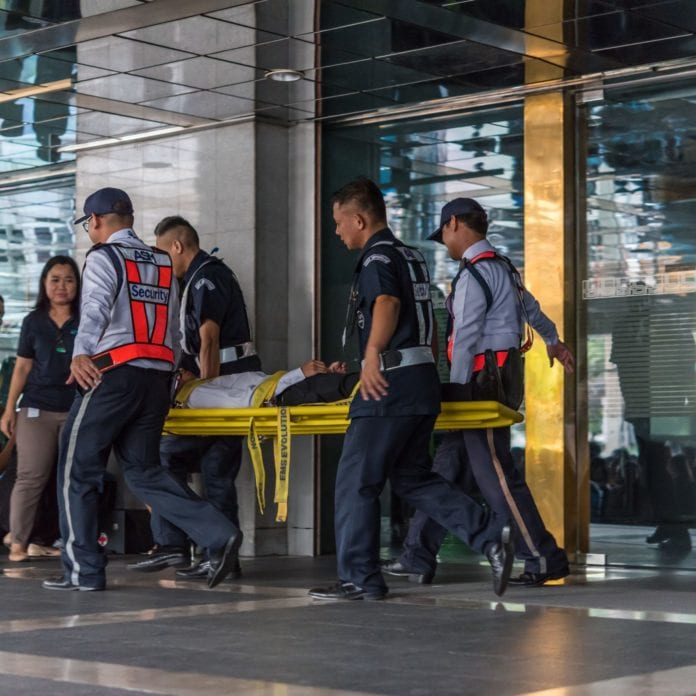Paramedics wear AR glasses to transmit images in real time to the hospital
Thailand’s True Corporation and the Nopparat Rajathanee Hospital in Bangkok’s Kannayao district are supporting the deployment of 5G technology in ambulances to make it possible for EMTs to better prepare patients for hospital care. Specifically, the goal is to facilitate better communication between on-the-ground paramedics and hospital staff, allowing for enhanced diagnosis and treatment.
“The use of 5G networks and advanced innovation technology makes it more smooth for medical communication, which empowers the New ER model — the first of its kind in Thailand,” said Somboon Tosborvorn, director of Nopparat Rajathanee Hospital.
Chalermpon Chairat, chief of the emergency unit at the hospital, said that the smart ambulances have CCTV cameras capable of live-streaming all activities taking place inside the vehicle, and that staff can wear augmented reality (AR) glasses to transmit images in real time to doctors, so they can observe patients’ symptoms, allowing them to develop care action plans or preparing needed medical equipment before the patient even arrives in the ER.
“We plan to use mobile CT scans and mobile X-rays including mobile ultrasound in the ambulance,” Dr. Chalermpon said, adding that this will speed up the scanning process by 30 minutes.
Piroon Paireepairit, head of the 5G working group at True, said 5G tech has the potential to create new use cases for the healthcare sector, a reality that is already evident in a number of different trials and deployments.
When it comes to surgery, for instance, 5G is making innovations such as “tele-presence,” where a surgeon watches a real-time operation and can provide expert support, and “tele-surgery,” where the doctor actually operates the surgical device remotely, possible. Other areas being revolutionized by 5G include the pathology services and the processing of medical data.
True has reportedly invested more than 50 million baht, or about $1.6 million, in the development of 5G in the medical sector.
True selected state-run Nopparat Rajathanee as its initial partner because its patient numbers — about 3,000 a day —are comparable to main provincial hospitals in terms of capacity, making it a good model for future adoption.
In November, BT and the University Hospitals Birmingham (UHB) in England had a similar idea, performing a live demonstration in which a clinician located at the hospital used the operator’s network to assess and diagnose a patient located two miles away in an ambulance.

